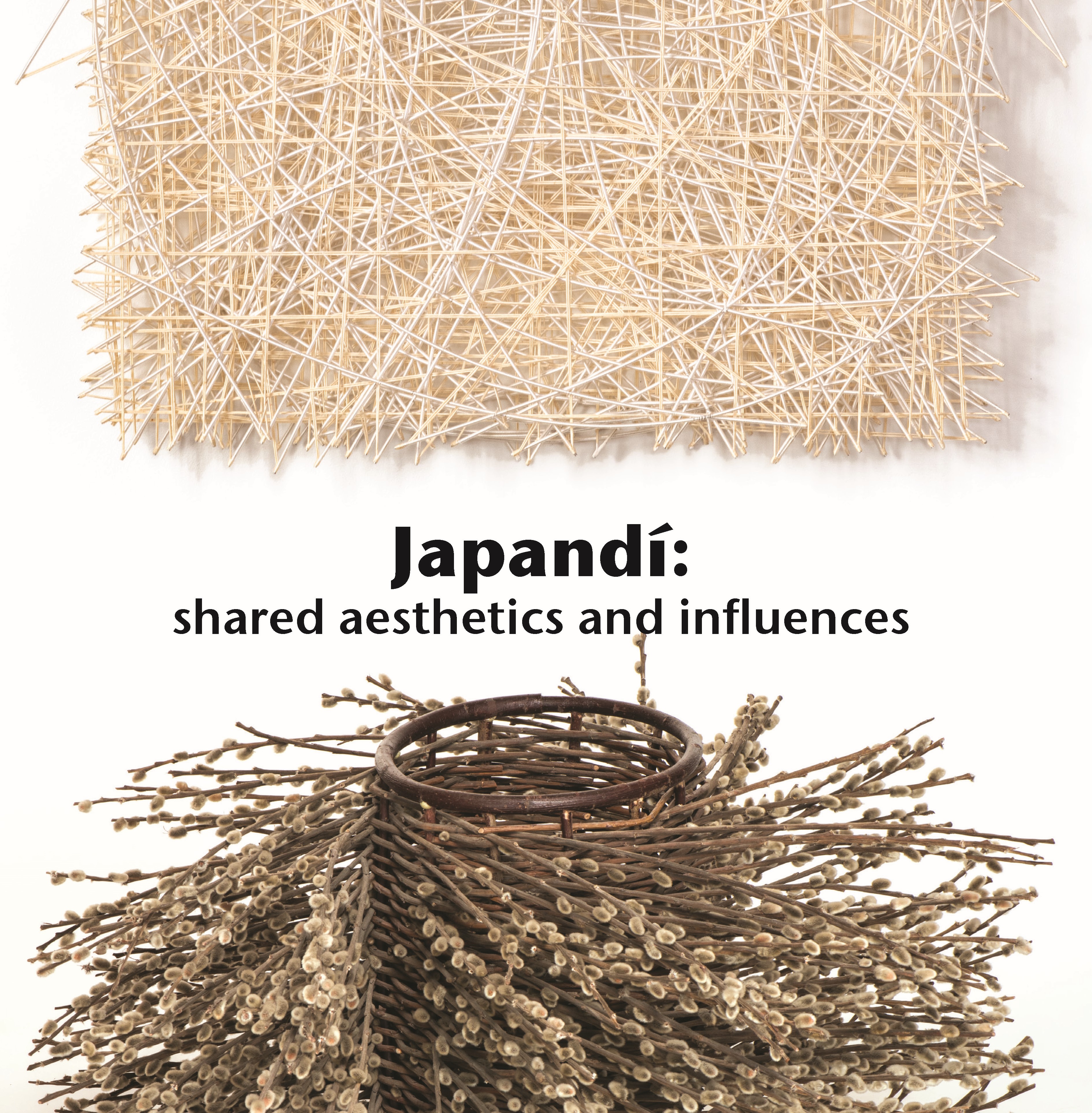• The artistic kinship between Scandinavia and Japan stretches back a century and a half ago when Japan’s closed border policy was lifted in 1858 and Danish designers and creatives began traveling to Japan. Early influence can be seen in ceramic crafts, architecture, and Danish furniture. After World War II, the Japanese government began promoting cultural exchange among designers and artists from Scandinavia.
• Artists of Fiber Art and Modern Craft uniquely embody principal elements of what is currently termed Japandi style - from their use of natural materials and neutral color palettes to the fundamentally “slow art” process of hand craftsmanship. The core of their processes and materials are invoked with an intrinsic sense of contemplation, tranquility, and harmony that reverberates through their work and into the spaces the artworks inhabit.
• Artists from both regions create unique basket forms of bamboo, willow, cedar, or their earthly “scraps” such as branches, grasses, bark, and twigs. Materials come from locally sourced plant life or even backyard cultivation. Works made of soft materials such as linen, cotton, or wool are handwoven in meticulous detail act as textural counterpoints, adding warmth and calm in modern interiors.
• Both cultures make room for reuse, artful imperfection, and comfortable simplicity, through the Japanese concept of wabi-sabi and the Scandinavian idea of hygge.
• Japandi Revisited: shared aesthetics and influences will feature more than three dozen artists from six countries whose works are complementary in approach and execution.


Over 120,000 fiber artists connect with Fiber Art Now through our various platforms – and we want you to join us! Connect and get inspired by contemporary fiber arts around the world.
For the latest news, special offers, and exclusive content you won’t find anywhere else, sign up for our newsletter below!